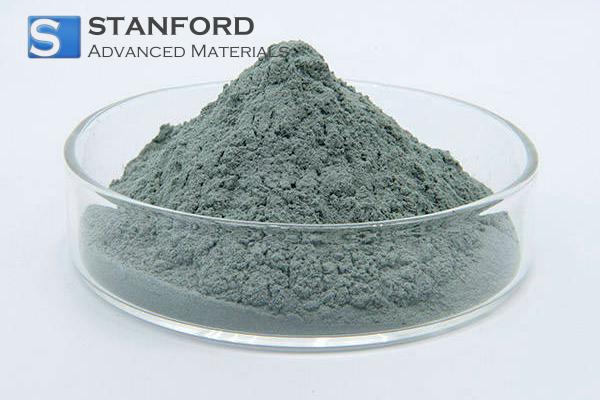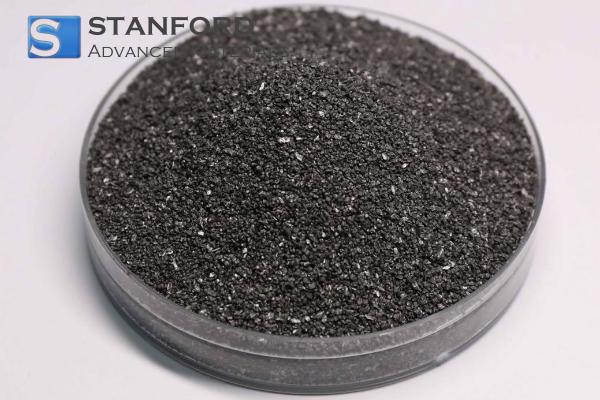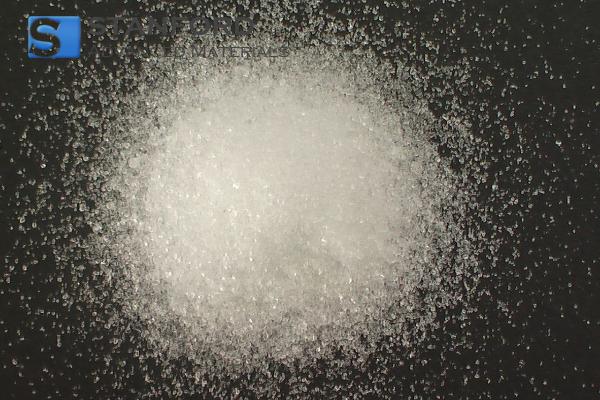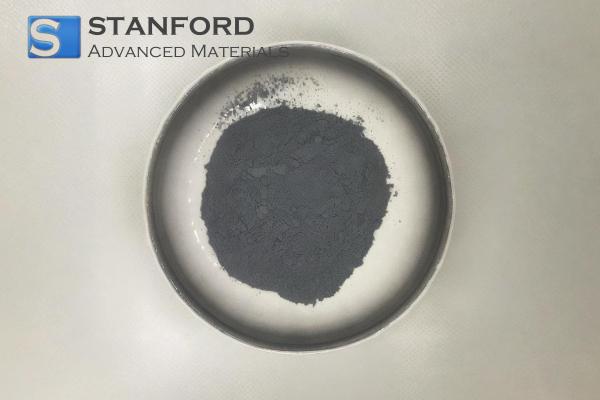What Is Neutron Cross Section
Introduction
Neutron cross sections are fundamental parameters in nuclear physics, defining the likelihood of various types of interactions between neutrons and atomic nuclei. These cross sections have significant applications ranging from the design of nuclear reactors to medical treatments and astrophysical research.
Neutron cross sections are energy-dependent for a neutron, as are the types of interactions that occur between it and a nucleus: scattering, absorption, and fission are some of the noteworthy types of interactions occurring in different applications.

Types of Neutron Interactions
- Elastic Scattering: Neutrons collide with nuclei; there is no energy loss as neutrons change direction.
- Inelastic scattering: Some energy is transferred by the neutrons to the nucleus, exciting it.
- Absorption: Neutrons are absorbed by the nucleus, with possible radioactive decay or fission in some cases.
Applications of Neutron Cross Sections
Neutron cross sections are vital in various applications. In nuclear reactor design, accurate cross-section data are necessary for efficient and safe reactor operation. In medical treatments, such as neutron therapy, precise neutron interactions are used to target cancerous cells. In astrophysics, neutron cross sections contribute to understanding stellar nucleosynthesis and the composition of neutron stars. In materials science, neutron scattering techniques are employed to study material properties.
Neutron Cross Section Table for Elements
The neutron cross section of an element represents the probability of a neutron interacting with the nuclei of that particular element. The unit is typically given in barns, where 1 barn = 10−24 cm². This is one of the important parameters applied in nuclear physics, nuclear reactors, and radiation shielding.
Here is a table of neutron cross sections for some common elements. This table includes total, thermal, and fission cross sections where possible:
|
Element |
Isotope |
Total Cross Section (b) |
Thermal Neutron Cross Section (b) |
Capture Cross Section (b) |
Fission Cross Section (b) |
|
Hydrogen (H) |
Hydrogen-1 |
20.5 |
5335 |
0.33 |
0 |
|
Carbon (C) |
Carbon-12 |
1.7 |
2.2 |
0.0035 |
0 |
|
Oxygen (O) |
Oxygen-16 |
0.02 |
0.0002 |
0.0001 |
0 |
|
Uranium (U) |
Uranium-238 |
280 |
2.7 |
0.1 |
50 |
|
Uranium (U) |
Uranium-235 |
1000 |
680 |
0.3 |
5800 |
|
Thorium (Th) |
Thorium-232 |
36 |
5.7 |
0.1 |
0 |
|
Plutonium (Pu) |
Plutonium-239 |
748 |
2.6 |
0.17 |
8400 |
|
Neptunium (Np) |
Neptunium-239 |
71 |
16.5 |
0.2 |
1600 |
|
Boron (B) |
Boron-10 |
384 |
3835 |
0.005 |
0 |
|
Boron (B) |
Boron-11 |
5.5 |
3.0 |
0.01 |
0 |
|
Iron (Fe) |
Iron-56 |
2.6 |
2.2 |
0.02 |
0 |
|
Cobalt (Co) |
Cobalt-59 |
35 |
0.2 |
0.02 |
0 |
|
Copper (Cu) |
Copper-63 |
5.1 |
0.4 |
0.01 |
0 |
|
Zinc (Zn) |
Zinc-64 |
3.0 |
0.1 |
0.01 |
0 |
|
Lead (Pb) |
Lead-208 |
0.22 |
0.0004 |
0.01 |
0 |
|
Nickel (Ni) |
Nickel-58 |
3.0 |
0.03 |
0.01 |
0 |
|
Silicon (Si) |
Silicon-28 |
1.0 |
0.2 |
0.001 |
0 |
|
Aluminium (Al) |
Aluminium-27 |
1.6 |
0.3 |
0.002 |
0 |
|
Magnesium (Mg) |
Magnesium-24 |
3.2 |
1.0 |
0.02 |
0 |
|
Calcium (Ca) |
Calcium-40 |
1.1 |
0.04 |
0.0008 |
0 |
|
Argon (Ar) |
Argon-40 |
0.04 |
0.006 |
0.0006 |
0 |
- Hydrogen has an extremely high thermal neutron cross-section; hence, it finds wide application in neutron moderating applications, such as water in reactors.
- Uranium-235 and Plutonium-239: Highly fissile materials that find their application both in nuclear reactors and weapons.
- Boron possesses an extremely large neutron capture cross-section, rendering it quite useful in neutron shielding and in control rods of nuclear reactors.
- Low neutron interaction cross sections for Lead and Iron render them suitable as radiation shielding materials.
- For more detailed information, please refer to Stanford Advanced Materials (SAM).
Frequently Asked Questions
What is a neutron cross section?
A neutron cross section measures the probability of a neutron interacting with a particular nucleus, measured in units called barns.
Why are neutron cross sections important in nuclear reactors?
They determine how neutrons behave within the reactor and affect the sustainability of the chain reaction and reactor efficiency.
How do neutron cross sections vary with energy?
Different interactions dominate at different neutron energies; hence, the values of cross sections vary across the energy ranges.
Where can I find detailed neutron cross section data?
The complete data can be found in nuclear databases, such as the NNDC, and also in specialised scientific publications.
Can neutron cross sections be used in medical applications?
Yes, they play a vital role in neutron therapy, which kills cancerous cells while minimising damage to healthy tissue.

 Bars
Bars
 Beads & Spheres
Beads & Spheres
 Bolts & Nuts
Bolts & Nuts
 Crucibles
Crucibles
 Discs
Discs
 Fibers & Fabrics
Fibers & Fabrics
 Films
Films
 Flake
Flake
 Foams
Foams
 Foil
Foil
 Granules
Granules
 Honeycombs
Honeycombs
 Ink
Ink
 Laminate
Laminate
 Lumps
Lumps
 Meshes
Meshes
 Metallised Film
Metallised Film
 Plate
Plate
 Powders
Powders
 Rod
Rod
 Sheets
Sheets
 Single Crystals
Single Crystals
 Sputtering Target
Sputtering Target
 Tubes
Tubes
 Washer
Washer
 Wires
Wires
 Converters & Calculators
Converters & Calculators
 Write for Us
Write for Us





 Chin Trento
Chin Trento



